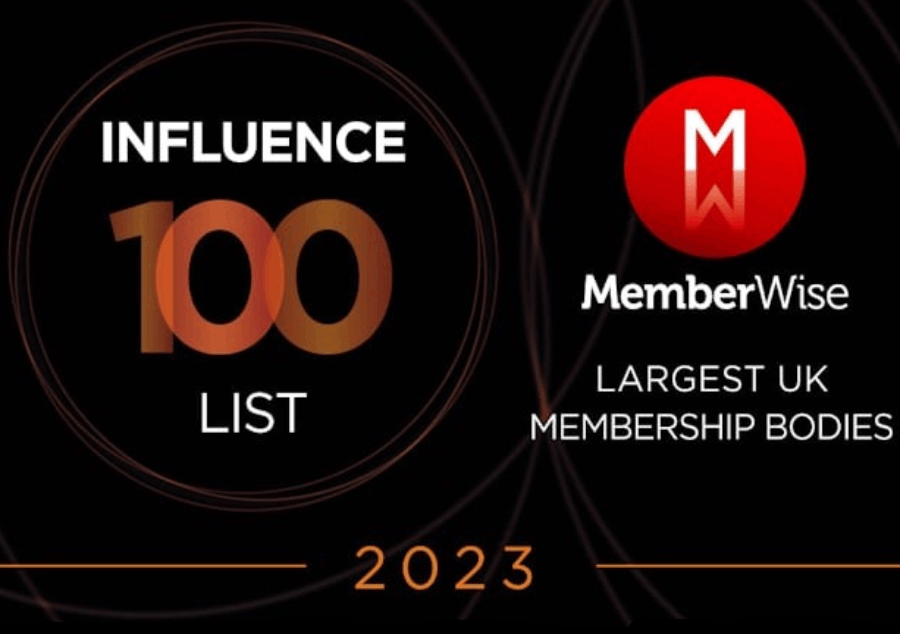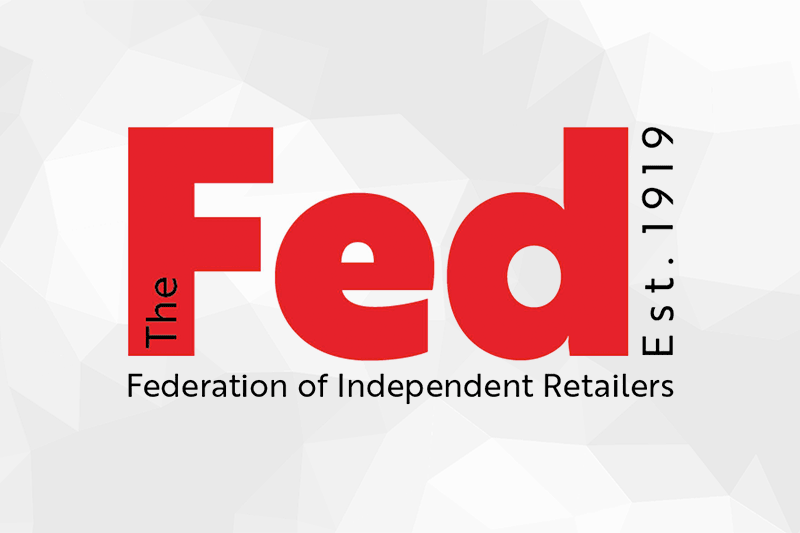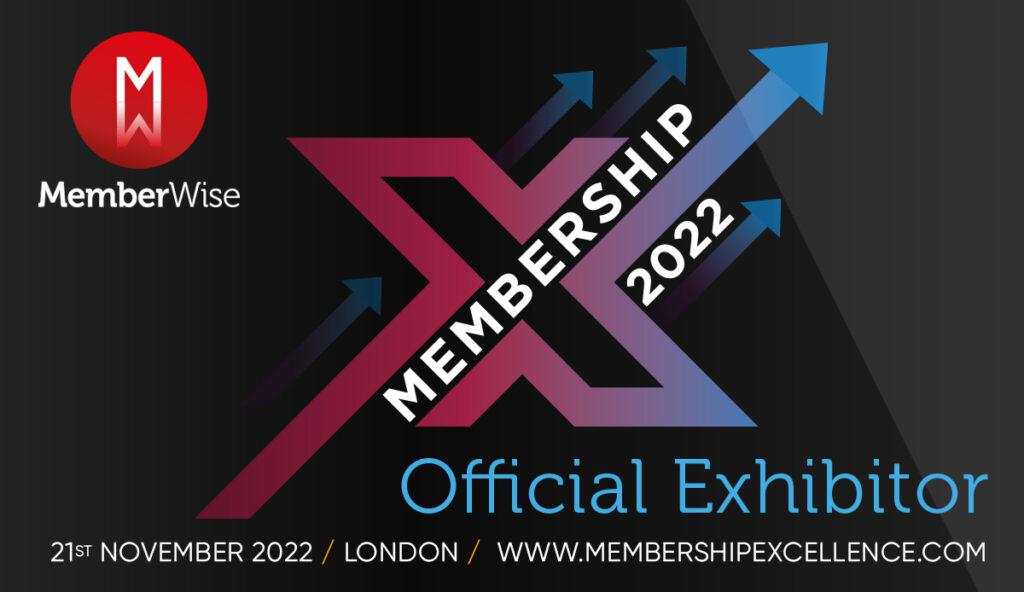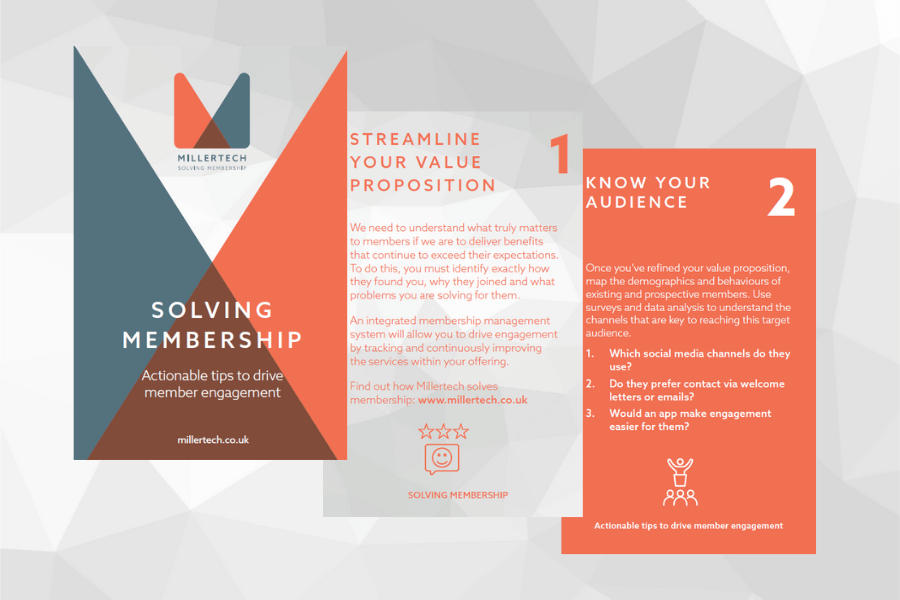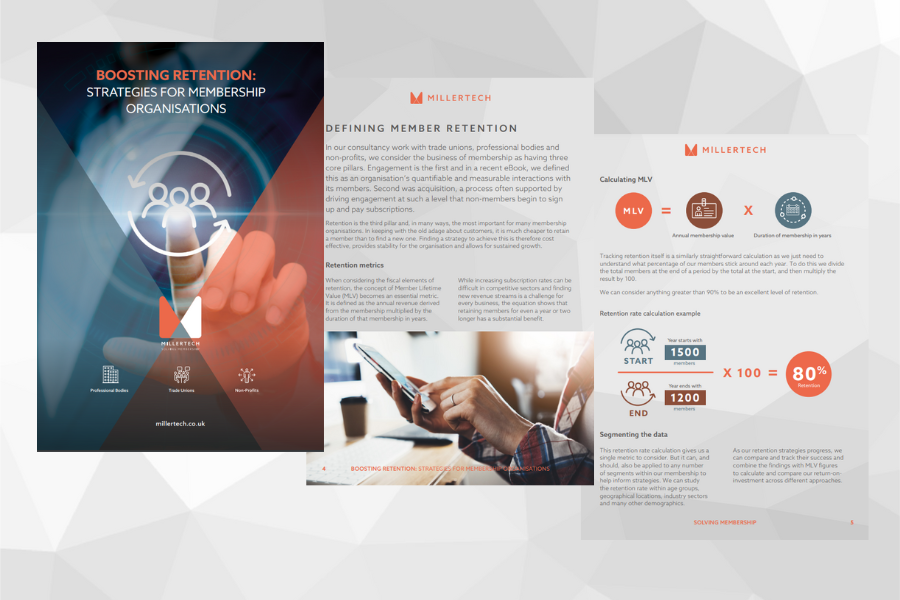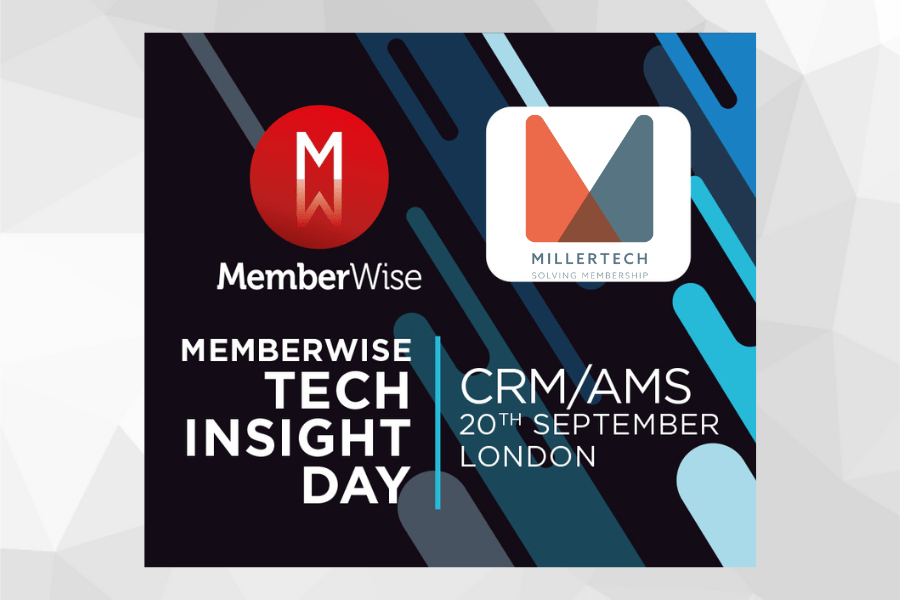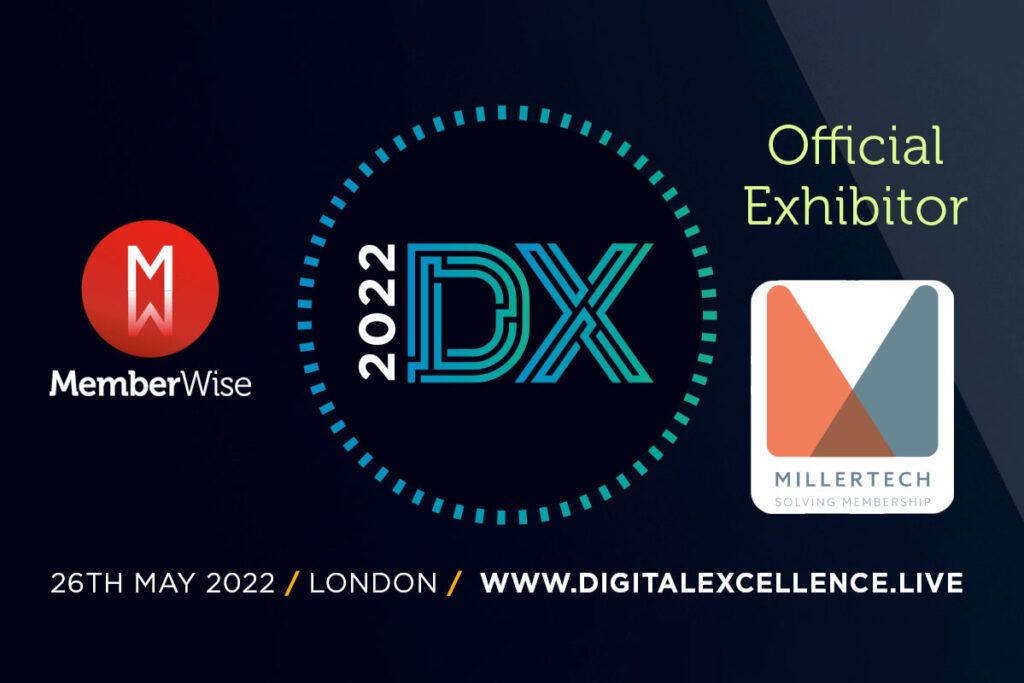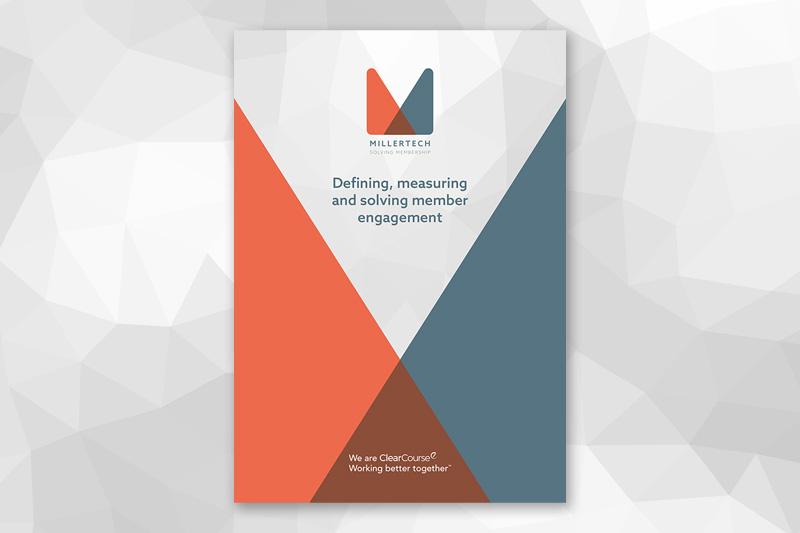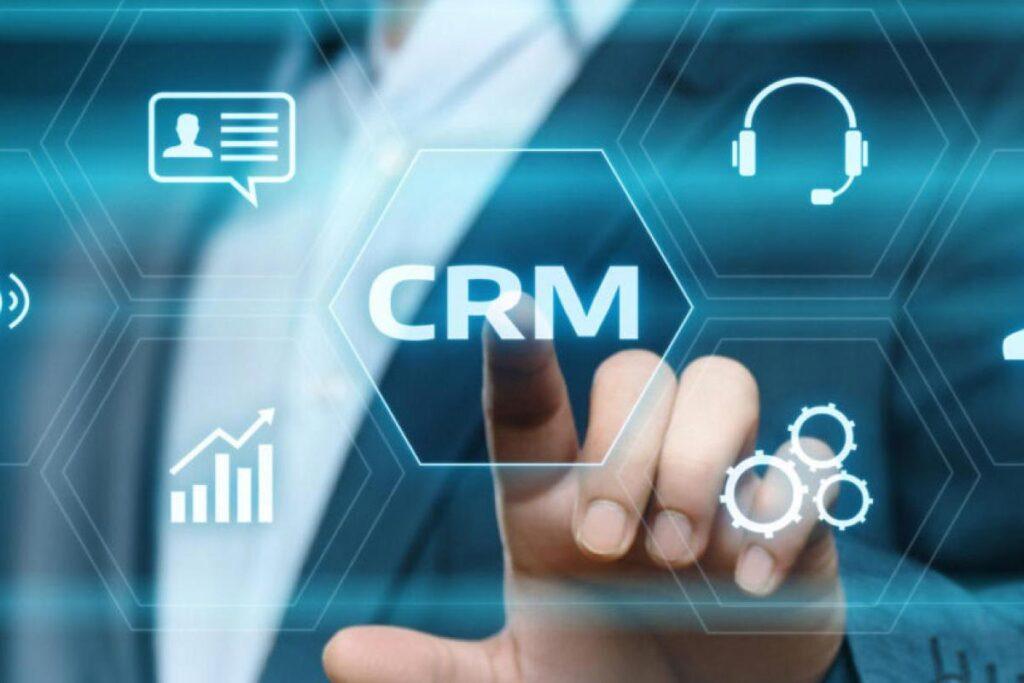A relatively simple communication campaign can operate across multiple priorities to drive retention.
Our last article visited the four key elements that need to be identified within a successful campaign and focused on ‘segments’. We now take a look at the rest of the elements that are equally as important – Channels, Measurement and Follow-up.
Channels
We must always remember that effective communication strategies encompass far more than just marketing. There are a multitude of channels that each provide an opportunity to interact with members. In all of these we have the chance to demonstrate the value our organisation provides.
The usual marketing tools such as email, text messages and social media are still the foundation, but operational channels might be even more powerful. These include call centres, online support and other more traditional media. Often, these channels are used when the member needs help and so providing this promptly, expertly and in a satisfying manner can transform their opinion of your organisation.
Product interactions are also important. When members book and attend events, participate in regional meetings or use learning products, they will intuitively assess the value that these provide from their subscription. Making a strong positive impression here will inform their attitude to every other part of your organisation.
Measurement
In the membership sector, we tend to see two broad types of measurement in use. Macro-level analytics are available to almost every organisation and provide the type of basic data that tells you “30% of members opened the last email you sent to them”. Predictably, this is only a small part of the story. To complete this picture, we need member-level analytics as well. These dig deeper into the headline data by telling us which member opened which email.
They also include website visits, event attendance and renewal by direct debit. While they are far more useful than macro analytics, this type of data is often not recorded in CRMs due to its complexity and data storage challenges. In many cases the challenge of measurement is less about having the right reporting tool. It’s more about committing to collect and keep hold of the data because with many off the shelf CRM solutions, this can have a significant impact on cost.
Follow-up
The final element in the framework is the follow-up action. In strategic terms, answering this “what next?” question is vitally important, but it is regularly done at only a superficial level. Membership organisations will consider whether a particular campaign was a success, base that decision on their own opinions and then just move on to the next item on the to do list.
What is more useful is to understand how to use intelligent data and measurement to inform and ideally, to pre-empt the next action. For example, do we need to respond instantly if a certain response is observed? Or should we move a member to a new segment where a different campaign will begin?
Enjoyed this article? You can find out more about building a campaign framework in our latest Ebook.






